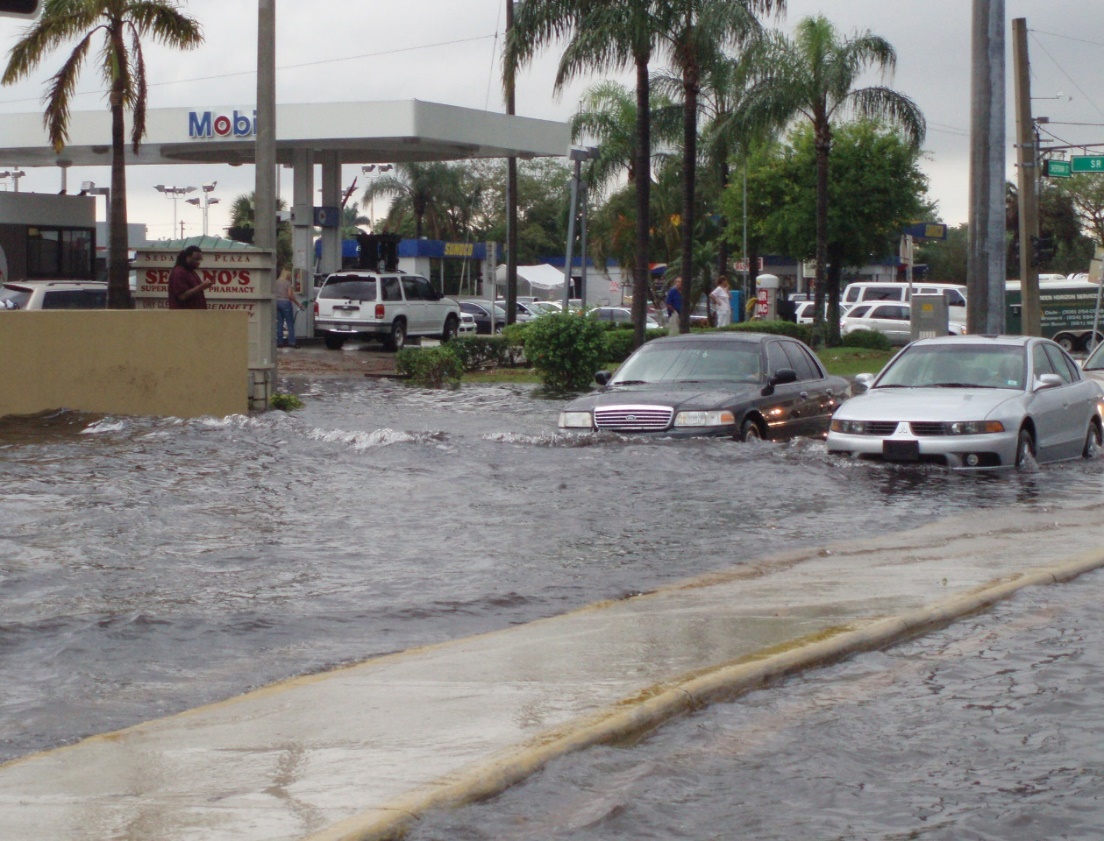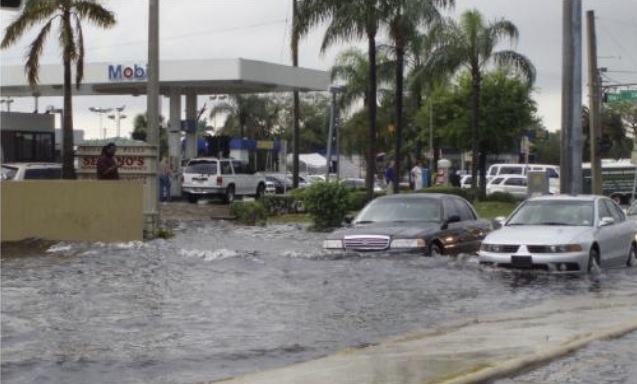CAN I FLY MY FLAG? By Eric Glazer, Esq.
Published June 29, 2020 Eric Glazer
 It’s July 4th. Our country’s birthday.
It’s July 4th. Our country’s birthday.
USA flags will be flying everywhere, even in our community associations and even if the Board in that association says take it down. With the political upheaval sweeping the country, this year I anticipate receiving complaint about owners or renters displaying flags that are not American flags, but flags that support a specific cause. The question is…can they do it. The answer is…not if the Board says they can’t.
The 4th of July – INDEPENDENCE DAY! It’s a day when we all should celebrate the birth of our nation – a nation that was built on the foundation of our CONSTITUTION and the statement: “IN GOD WE TRUST”! It’s a day when we should proudly display our nation’s flag: OL’ GLORY!
Our nation has a lot to be proud of and I think it’s high time to finally teach our kids our proud history. Our kids should know how our forefathers fought for independence and what it all meant. Especially Ivy League students should know who fought in the War of Independence. Aren’t these students supposed to be the “future of our country?”
The Freedom to Display The American Flag Act of 2005 states:
A condominium association, cooperative association, or residential real estate management association may not adopt or enforce any policy, or enter into any agreement, that would restrict or prevent a member of the association from displaying the flag of the United States on residential property within the association with respect to which such member has a separate ownership interest or a right to exclusive possession or use.
Many proud owners of properties within community associations have proudly displayed “OL’ GLORY” – and paid a heavy price for it in many cases. Lots of lawsuits have been fought over flying “Ol’ Glory!” I can assure you, if you would have all the legal fees wasted here in Florida on these lawsuits, you would be a multi-millionaire.
After the long lawsuit fought by George Andres – nicknamed the Jupiter flagman – we were able to add provisions into the community association statutes (FS 718.113(4) + FS 720.304(2) that allows owners to proudly fly our national flag (and some others, see statutes). But, what’s new? Some association board members and management companies still haven’t gotten the message.
But this is the 4th of July and we celebrate the BIRTH OF OUR GREAT NATION.
Let’s show our pride in our great nation and proudly fly “OL’ GLORY”!
This federal law allows the association to make reasonable restrictions. Florida codified its own law and states:
For condominiums:
Any unit owner may display one portable, removable United States flag in a respectful way and, on Armed Forces Day, Memorial Day, Flag Day, Independence Day, and Veterans Day, may display in a respectful way portable, removable official flags, not larger than 41/2 feet by 6 feet, that represent the United States Army, Navy, Air Force, Marine Corps, or Coast Guard, regardless of any declaration rules or requirements dealing with flags or decorations.
For homeowner associations:
Any homeowner may display one portable, removable United States flag or official flag of the State of Florida in a respectful manner, and one portable, removable official flag, in a respectful manner, not larger than 41/2 feet by 6 feet, which represents the United States Army, Navy, Air Force, Marine Corps, or Coast Guard, or a POW-MIA flag, regardless of any covenants, restrictions, bylaws, rules, or requirements of the association.
(b) Any homeowner may erect a freestanding flagpole no more than 20 feet high on any portion of the homeowner’s real property, regardless of any covenants, restrictions, bylaws, rules, or requirements of the association, if the flagpole does not obstruct sightlines at intersections and is not erected within or upon an easement. The homeowner may further display in a respectful manner from that flagpole, regardless of any covenants, restrictions, bylaws, rules, or requirements of the association, one official United States flag, not larger than 41/2 feet by 6 feet, and may additionally display one official flag of the State of Florida or the United States Army, Navy, Air Force, Marines, or Coast Guard, or a POW-MIA flag. Such additional flag must be equal in size to or smaller than the United States flag. The flagpole and display are subject to all building codes, zoning setbacks, and other applicable governmental regulations, including, but not limited to, noise and lighting ordinances in the county or municipality in which the flagpole is erected and all setback and locational criteria contained in the governing documents.
An HOA board that did not bother to check out state laws would quickly find itself in a losing position if it tried to enforce a covenant restricting flagpoles – especially where the flagpole was well-maintained and the display was respectable in accordance with the
U.S. Flag Code.
So when it comes to enforcing covenant restrictions – real or imagined – against homeowners displaying flags or building flagpoles, boards should look before they leap.
So, the law is clear. You only have a right to display the flag of the USA. The stars and stripes. That’s it. You have no right to display any other type of flag and your association may require you to take it down.
It’s more important than ever to display the flag. Do so proudly.
FL Statute 720.304(b)
specifically states: “Any homeowner may erect a freestanding flagpole no more than 20 feet high on any portion of the homeowner’s real property, regardless of any covenants, restrictions, bylaws, rules, or requirements of the association, if the flagpole does not obstruct sightlines at intersections and is not erected within or upon an easement.”
Florida Homeowners’ Association and Condominium Law Attorneys
 Thank you for your interest in Glazer and Sachs, P.A. Our six attorney firm exclusively practices community association law. Visit our website located at www.condo-laws.com and be sure to click on our “Legal Beat” newsletter where you can read our association law newsletters that we have been publishing for the past two decades. While there, you can also learn more about the firm’s attorneys, see some of our TV appearances and read articles from around the country wherein attorneys at this firm have been asked to comment about association legal issues.
Thank you for your interest in Glazer and Sachs, P.A. Our six attorney firm exclusively practices community association law. Visit our website located at www.condo-laws.com and be sure to click on our “Legal Beat” newsletter where you can read our association law newsletters that we have been publishing for the past two decades. While there, you can also learn more about the firm’s attorneys, see some of our TV appearances and read articles from around the country wherein attorneys at this firm have been asked to comment about association legal issues.
Tags:
Condo and HOA,
Condo and HOA Common Area Issues,
Management News


 Allstate Resource Management has over 25 years of experience in maintaining the health of lakes, ponds, wetlands, and stormwater systems. We have continued since our inception to be the leader in resource management. Our services include
Allstate Resource Management has over 25 years of experience in maintaining the health of lakes, ponds, wetlands, and stormwater systems. We have continued since our inception to be the leader in resource management. Our services include 
 For starters, lets differentiate between “paint” and “coating”. All coatings are paints, but not all paints are coatings. Generally speaking, paint is used for aesthetics, and coatings are used for performance. Coatings are paints that serve a purpose beyond just the aesthetic color and finish. In addition to color and texture, coatings can provide waterproofing, elasticity, breathability, dirt shedding and corrosion prevention properties. With these additional properties typically comes added cost. As such, it is important to make sure you are selecting the correct coating with proper preparation and application techniques to get the best long-lasting performance and return on your investment.
For starters, lets differentiate between “paint” and “coating”. All coatings are paints, but not all paints are coatings. Generally speaking, paint is used for aesthetics, and coatings are used for performance. Coatings are paints that serve a purpose beyond just the aesthetic color and finish. In addition to color and texture, coatings can provide waterproofing, elasticity, breathability, dirt shedding and corrosion prevention properties. With these additional properties typically comes added cost. As such, it is important to make sure you are selecting the correct coating with proper preparation and application techniques to get the best long-lasting performance and return on your investment.







 When developers create residential communities and commercial areas, they need to take into account how much water needs to be stored or moved in order to prevent the project from flooding during major rain events. Through careful planning and design, they route stormwater away from our homes and into a system of lakes and canals. The size and number of lakes in our communities are a result of those calculations. Lakes are dug to create a storage area for water runoff from storms. The fill dug from the lakes is then used to raise the elevation of the homes around them.
When developers create residential communities and commercial areas, they need to take into account how much water needs to be stored or moved in order to prevent the project from flooding during major rain events. Through careful planning and design, they route stormwater away from our homes and into a system of lakes and canals. The size and number of lakes in our communities are a result of those calculations. Lakes are dug to create a storage area for water runoff from storms. The fill dug from the lakes is then used to raise the elevation of the homes around them.
 1. Use only legally purchased, approved fireworks. Use them as directed, under supervision and clear of any combustible material and clear of all buildings. Legal fireworks should be used or overseen by a responsible adult. No such fireworks may be thrown into, over, or around other homes, forested areas, or left in the common areas of the HOA. Residents who fail to comply with these restrictions will be held responsible for any damage and repairs.
1. Use only legally purchased, approved fireworks. Use them as directed, under supervision and clear of any combustible material and clear of all buildings. Legal fireworks should be used or overseen by a responsible adult. No such fireworks may be thrown into, over, or around other homes, forested areas, or left in the common areas of the HOA. Residents who fail to comply with these restrictions will be held responsible for any damage and repairs.
 Thank you for your interest in Glazer and Sachs, P.A. Our six attorney firm exclusively practices community association law. Visit our website located at
Thank you for your interest in Glazer and Sachs, P.A. Our six attorney firm exclusively practices community association law. Visit our website located at 
 On June 8, Miami-Dade County allowed fitness centers/gyms to reopen. A look at how one building reopened can provide valuable lessons. The Continuum is a 523-unit luxury condominium in South Beach managed by Marquis Association Management, and it is using a suite of products from BuildingLink to keep residents safe and reduce liability.
On June 8, Miami-Dade County allowed fitness centers/gyms to reopen. A look at how one building reopened can provide valuable lessons. The Continuum is a 523-unit luxury condominium in South Beach managed by Marquis Association Management, and it is using a suite of products from BuildingLink to keep residents safe and reduce liability.
